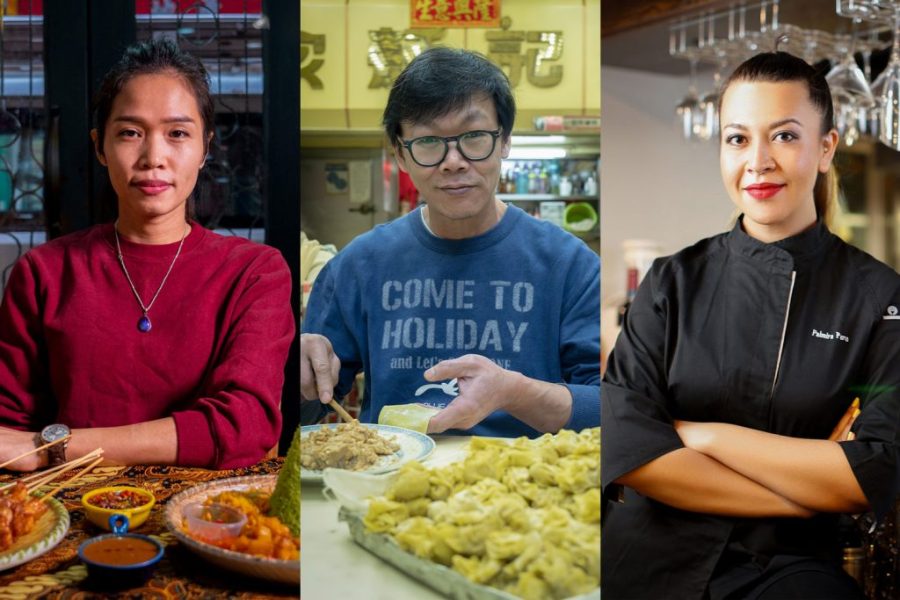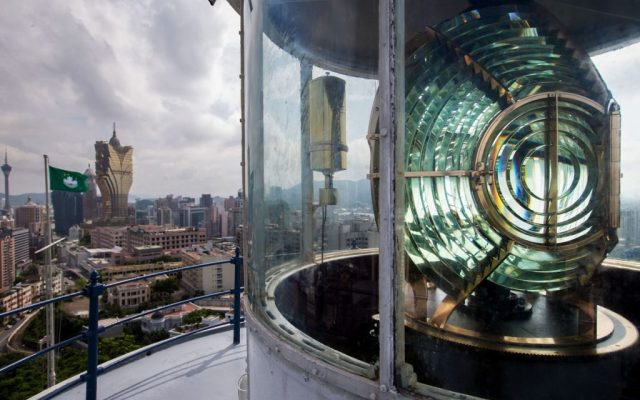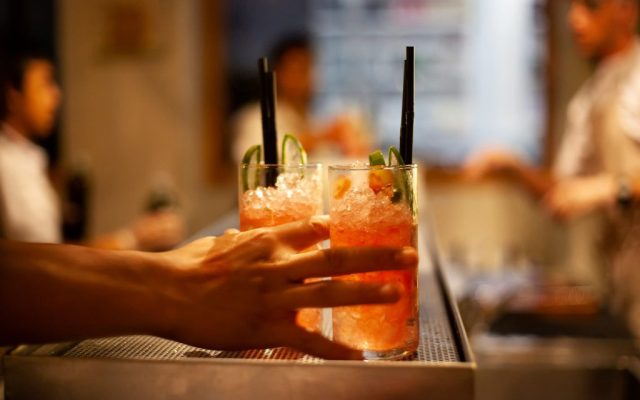We live in an era when social media seems to dictate what is worth our time and money, and it’s not always easy to cut through the noise. This is especially true when travelling. Do you want to follow the smartphone-clutching hordes, or discover hidden gems that rely on what the world relied on before social media algorithms – word of mouth?
Unless you know a local, it can be difficult to discover places that fly beneath the Tripadvisor or Facebook radar. That’s why we spoke to three local Macao chefs to find out where they like to eat when they can get some time away from their own kitchens. Make a note of their recommendations and become a Macao dining insider.
Lau Kam Chong, chef-owner, Cheong Kei
Recommendation: Seng Kuang Burmese restaurant
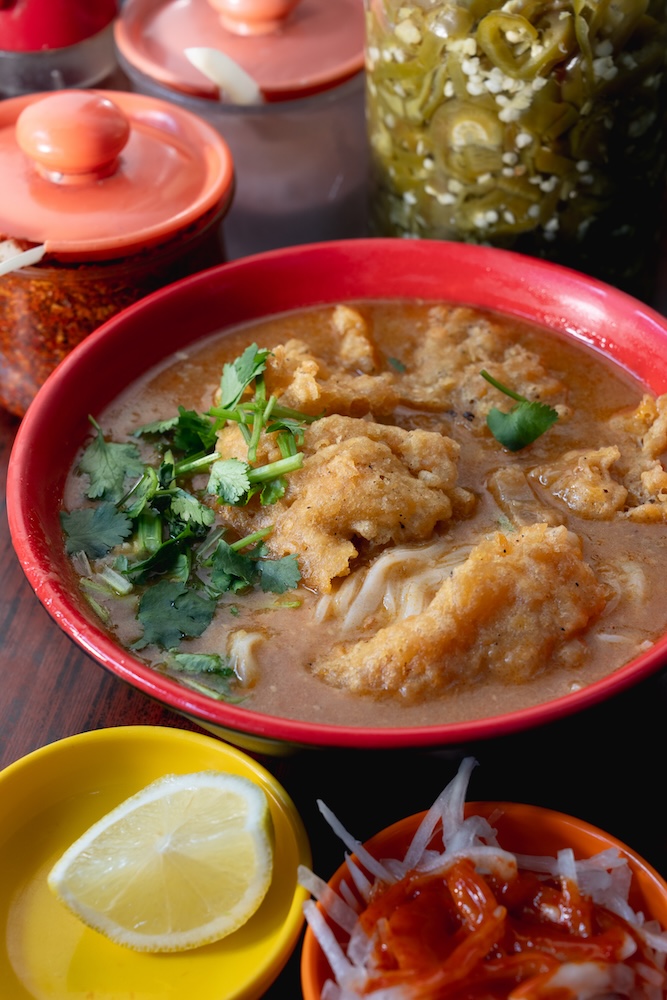
As the proprietor of the celebrated Cheong Kei noodle shop – one of the Michelin-rated joints Youtubers Jolly visited during their recent trip to Macao – chef-owner Lau Kam Chong is an authority when it comes to local eats.
Best known for its signature shrimp roe noodles, curry beef, and an egg soup sweetened with Chinese mistletoe, Cheong Kei has delighted the palates of both locals and the mostly mainland Chinese tourists who flock to the all-day Cantonese restaurant.
Running it keeps the 52-year-old busy, leaving him little time to eat out, but he tries to squeeze in a visit to Seng Kuang, a Burmese joint nestled in the Three Lamps area, whenever he can. As a noodle virtuoso, he is more than qualified to appreciate Seng Kuang’s mohinga (a hearty fish soup with rice noodles) and ohn no khauk swe (coconut chicken noodles), which are his go-tos.
Both dishes are comforting and inexpensive (not more than a trifling 30 patacas). Best of all, Lau says, are the combinations of flavours. “Unlike other Burmese eateries, the fare at Seng Kuang is balanced, not too spicy, not too salty. That’s our food philosophy at Cheong Kei too.”
Indah Handayani Sunardi, chef-owner, Loly Indonesian Food
Recommendation: Chang Siam Thai Restaurant
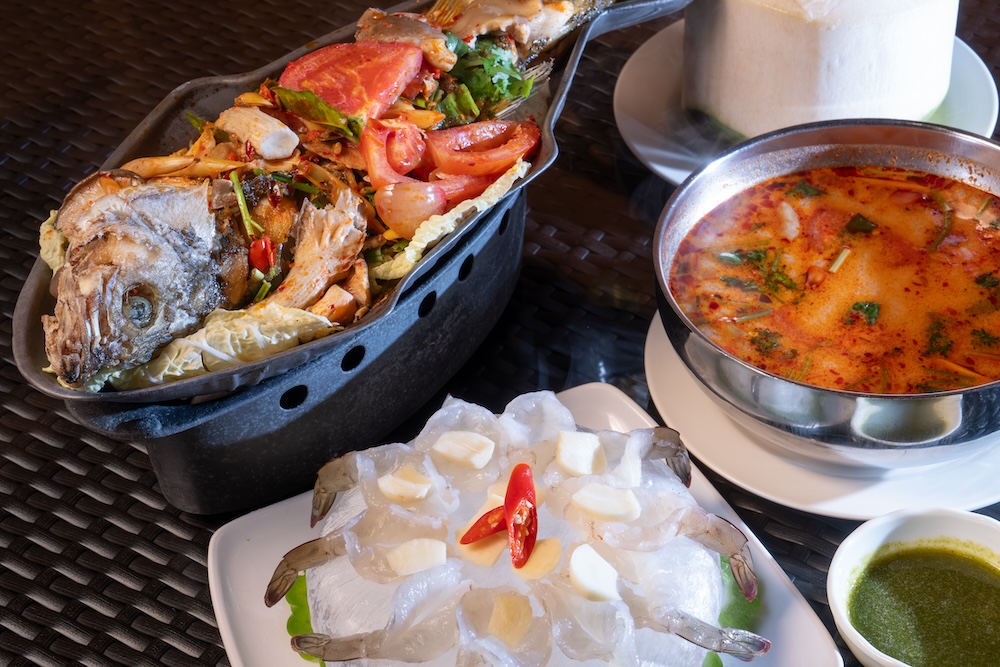
Chef-owner Indah Handayani Sunardi is the driving force behind legendary eatery Loly Indonesian Food, perhaps Macao’s best-loved Indonesian restaurant since its establishment in 2016. Besides handling the many duties owning a business entails – dealing with suppliers, managing a team, overseeing day-to-day operations – Sunardi also spearheads the kitchen, cooking and overseeing the colourful dishes that feed a diverse customer base that includes both locals and expats from the city’s sizable Indonesian community.
Whenever she gets time away from the skillet (very rarely, that is), she likes to indulge in Thai food at Chang Siam Thai Restaurant in the Inner Harbour area. The restaurant boasts unobstructed views of the Wanzai residential district of Zhuhai, Macao’s neighbouring city.
At Chang Siam, the restaurateur found an “ultra refreshing” Thai mango salad (the best she has ever had) for a mere 68 patacas. Her usual order also includes the Thai prawn sashimi (priced at 108 patacas) followed by a spicy steamed fish in tom yum soup (priced at 168 patacas). The menu also boasts several curry-based dishes prepared with lamb, chicken and seafood.
When craving for something sweet, Loly turns to her Indonesian roots and heads over to one of Medan’s branches in Macao for their kue mangga (coconut pudding with fresh mango) and bugis (glutinous rice flour cake filled with grated coconut).
Palmira Pena, chef-owner, Manuel Cozinha Portuguesa
Recommendation: Ramen at Ramen Kouji
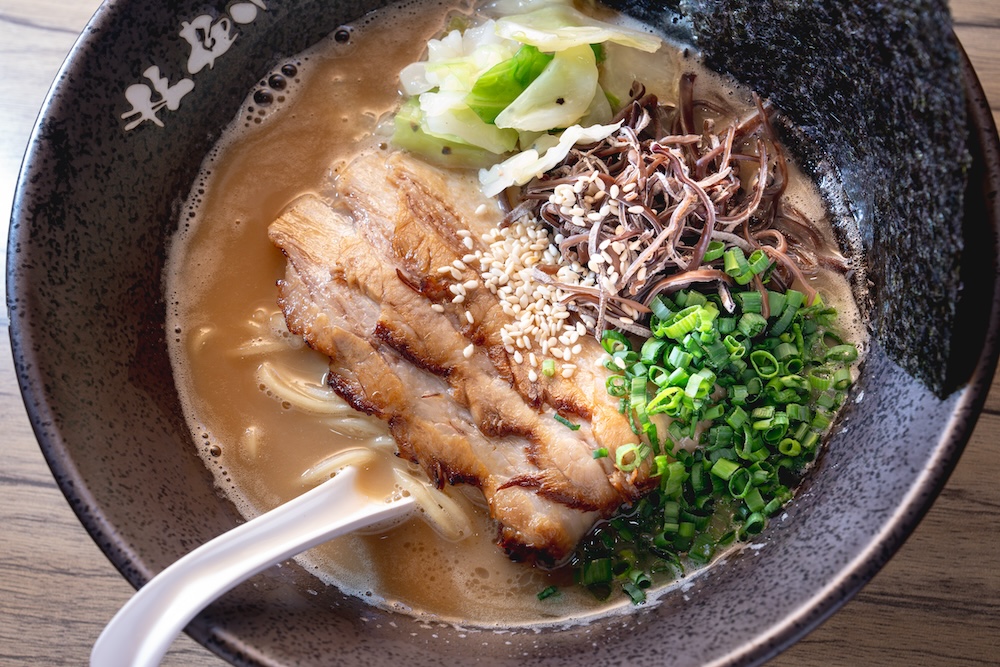
Proudly representing Portuguese cuisine, chef Palmira Pena runs Manuel Cozinha Portuguesa (or Manuel, as it’s commonly known), the Portuguese restaurant her father Manuel Pena established in Macao’s Taipa Village in 1992. She took over the establishment ten years ago when her father retired and has ever since worked to keep its authentic legacy. Charcoal grilled specialties such as bacalhau (salted cod) are among its major draws, but there’s also feijoada (bean stew with various cuts of pork) and favas com entrecosto (stewed fava beans with pork ribs).
To the Macanese chef, educating diners who visit the city is essential. “In Macao, we have Portuguese, local Portuguese and Macanese food, so I think it’s important that we teach people about the differences between them. For example, Portuguese chicken is not a Portuguese dish, the same way that Hainanese chicken is not a Hainan dish,” she notes.
The chef aims to spread the gospel of Macanese food, and she does so not only by preparing Macanese dishes like porco bafassá (a turmeric or saffron-based dish made with pork belly) upon request at O Manuel, but also by mentoring those who wish to learn it. She currently has two mentees under her wing.
“We have a branch of Manuel in Tokyo, so I travel to Japan a few times a year to oversee the business and introduce new dishes to the menu,” she said. Thanks to these trips, Pena knows a thing or two about good ramen and where to find it locally.
“I love having the chicken broth ramen at Ramen Kouji, especially during colder weather. There’s something very comforting about a warm bowl of ramen during winter.” The Taipa Village branch is located right beside her own restaurant, but there is also one near Rua da Felicidade in the peninsula.
Another nostalgic snack she never passes up on are waffles – one of Macao’s must-try sweet snacks – especially those crafted at the venerable stall on Rua da Sé (leading up to the Cathedral), which she’s known since she was a child.
She thinks cheap eats are often wrongfully associated with less pristine kitchens, when the true measure of quality lies in taste. “What matters to me is the cooking skill. If good food is being served, I am happy to support the business with my dollars, no matter how humble the setting.”

